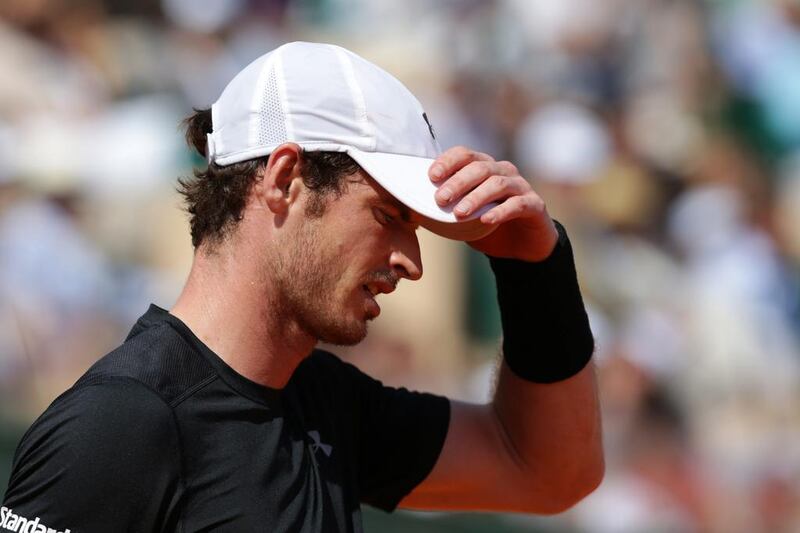Fatherhood seems to have done little for Andy Murray’s temper tantrums.
In Miami, he kept smashing his racquet against his bag after letting slip a 3-1 advantage in the third set against Grigor Dimitrov as he went on to lose.
In Monte Carlo last week, the Scot was at it again, accusing the chair umpire of ignoring Rafael Nadal’s repeated time violations.
“It’s fascinating what you let some of these guys get away with,” Murray, who became a father in February, told the chair umpire, in the third set again, with the match slipping away from him.
Now, to be fair, Nadal, as he usually does, was indeed taking more than the 25 seconds allowed by the ATP between points (the majors and the WTA allow 20 seconds). According to the stats shown by the broadcasters on the TV screens, the Spaniard was taking an average 31 seconds between points.
The irony, however, is that Murray himself was exceeding the 25-second limit. His average time between service points was 27 seconds.
Yes, only two seconds over the limit, but still over the limit under the letter of the law.
Again, in the balance of fairness, there is no way for Murray to know he is going over the time limit and he had said as much in 2013, a year during which Roger Federer and Nadal openly sparred over the time violations.
“I think it’s the only way to go, to be honest, because how are you supposed to know as a player how long 20 seconds is, or 25 seconds, between a point?” Murray had said when asked if tennis needed a basketball-style “shot clock”.
The presence of a shot clock would certainly address those concerns and tell the players, and indeed the fans, how much time is being taken between points. It would be good TV, but enforcing the shot clock could be a nightmare.
The idea has been discussed by the ATP Player Council. It has been tried as well, at a men’s tournament in Sydney in the early 1980s, but the experiment was quickly shelved after a couple of matches because it created more problems than it solved.
It is not hard to imagine the complications a “shot clock” could cause.
The time between service points could go beyond the permissible limits for so many different reasons.
The fans could be slow to take their seats. At times, they could be celebrating a point for 30 seconds. What do you do then? The ball-boys could cause disruptions, or even the opponent could cause delays.
Who decides on the time violations then? The clock? No, the chair umpire, of course.
He is the best person to decide. So let him continue doing his job, without accusing him of prejudice.
arizvi@thenational.ae
Follow us on Twitter @NatSportUAE
Like us on Facebook at facebook.com/TheNationalSport





